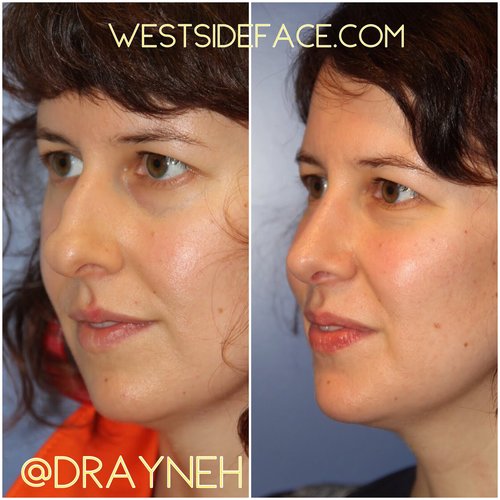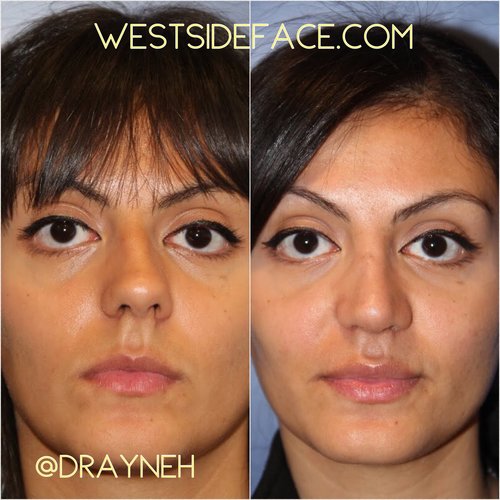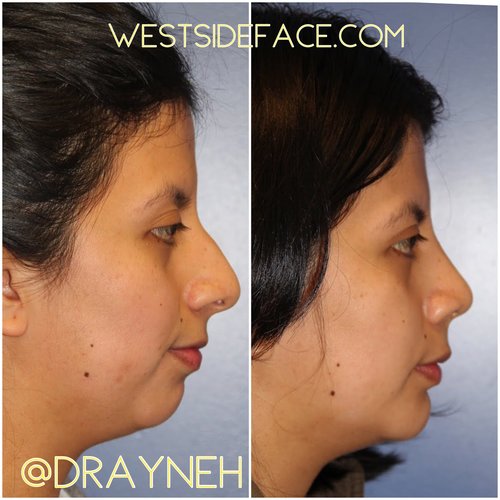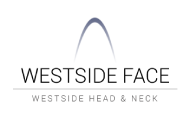How to Achieve a Balanced Look with a Los Angeles Nose Job



Rhinoplasty, sometimes called ‘nose reshaping’ or a ‘nose job,’ enhances the proportions of the nose and facial harmony. It also corrects impaired breathing due to defects in the structure of the nose. Many people pursue rhinoplasty because they desire improved symmetry and definition as well.
Rhinoplasty corrects proportion and creates facial balance. It is a cosmetic procedure to restructure or enhance the appearance of the nose. Nasal bones and cartilages undergo modification, or the addition of tissues takes place to improve the appeal of the nose visually.
A discussion of goals, anticipated results, and surgical limitations is necessary before planning the surgery. The purpose of rhinoplasty to repair nasal fractures is restoring the appearance of the nose to what it was before the injury. A related procedure is septorhinoplasty.
Septorhinoplasty improves nasal appearance and removes internal obstructions. It also stabilizes structures that block nasal breathing. Any limitations and surgeon recommendations about the skin, facial structure, and internal nasal structures are important. Someone having the procedure done needs to have these details explained and fully understood.
Rhinoplasty Surgery in Santa Monica
Rhinoplasty Surgery in Santa Monica
Rhinoplasty surgery in Los Angeles helps to improve breathing, changes the shape of the nose, or both. It changes the proportions, shape or size of the nose. Rhinoplasty improves some breathing difficulties, corrects congenital disabilities, and repairs deformities. The consultation process includes the following:- Medical History
- Physical Exam
- Discussion of functional and aesthetic goals
- Discussion of the surgery experience
- Photographs
Discussion of Expectations
Questions of the most vital importance are motivation and goals. The doctor also asks questions about a person’s medical history, including any medications, surgeries, and nasal obstruction. The doctor conducts a complete nasal exam. He also examines facial features along with the exterior and interior of the nose. This helps determine changes needed and how the possible impact of physical and facial characteristics like skin thickness or cartilage strength or bony structure may affect the ultimate outcome. It also determines the impact of rhinoplasty on breathing. The doctor takes photos of the nose from various angles. A facial plastic surgeon in Los Angeles often uses computer software to manipulate the photographs to show the kind of results possible.- Types of Nose Jobs in Los Angeles
- Rhinoplasty fixes:
- Facial balance in relation to the size of the nose
- Width of the nose at the bridge
- Position and size of the nostrils
- Visible nose profile depressions and bumps on the bridge
- Hooked, upturned, drooping, bulbous, or enlarged nasal tip
- Nasal asymmetry
Best Rhinoplasty in Los Angeles
The best rhinoplasty procedure in Los Angeles makes slight changes to the nose structure, frequently measured in millimeters, that make a significant difference in how the nose looks. Experienced surgeons achieve much higher rates of satisfactory results. There is no set order of steps or a standard plan. Each operation is tailor-made to the patient’s needs. Everyone having rhinoplasty leaves the operating facility on the same day of the surgery. Generally a week off from obligations such as school or work is recommended; but the majority of patients feel like their old selves by the fourth day after surgery.Rhinoplasty FAQS
Rhinoplasty is one of the most commonly performed procedures in the LA area. From celebrity gossip to those who may be wondering about improving their appearance themselves, nose jobs are a popular topic of conversation, but many do not know the basic information about them. To educate the public on rhinoplasty procedures, we have compiled a list of frequently asked questions here.TYPES OF RHINOPLASTY
Santa Monica doctors for plastic surgery perform rhinoplasty in a variety of different methods, which are chosen based on the candidate’s nose and their goals for the outcome.
Open Rhinoplasty: For open rhinoplasty, the LA nose job specialist incises the external skin between the nostrils to get excess to the internal nose. Having access to the entire nasal structure, your surgeon has more freedom with how they reshape it. Many shy away at the idea of having actual incisions on their nose, but surgeons go to great efforts to minimize scarring so that it is not noticeable.
Closed Rhinoplasty: During a closed rhinoplasty, the surgeon makes incisions from within the nostrils so that the scars are not visible to others. This kind of nose job procedure can be carried out in patients who do not require complex straightening of the lower parts of the nose, or complex work on the nasal tip.
Tip Plasty: Tip plasty is just used for changes to the nip of the nose. You cannot limit yourself to tip plasty if you also want changes to the bridge of your nose. This can be both an open or closed procedure.
Secondary Rhinoplasty: Also known as revision rhinoplasty, this is a procedure performed on someone who has already had a nose job in the past.
Filler Rhinoplasty: By far the less intrusive rhinoplasty procedure, this is when a surgeon injects filler to reshape the nose. Some don’t even consider it surgery because there are no incisions or stitches involved. The two main limitations of this procedure are that fillers do not last as long as actual surgery, and fillers cannot decrease the size of the nose.
Healing stages of a nose job
Similar to other surgical procedures such as facelift and eyelid lift, nose jobs come with a limited amount of downtime. The most significant pain and swelling occur during the first 2 days after surgery. By the 4th day after surgery, patients are typically ‘feeling like themselves again’ with only a sensation of pressure on the nose until the cast is removed on day 7. Our rhinoplasty patients are almost never packed inside the nose.
One week after surgery, you will notice changes to the nose after the cast is removed. There will be mild or moderate swelling. Some patients may also demonstrate bruising. Depending on what exactly you had done, you may notice a few changes immediately, such as a different width or length. Approximately 80% of the swelling will resolve in the first 6-8 weeks after surgery. The remaining 20% will gradually resolve over 6-12 months.
